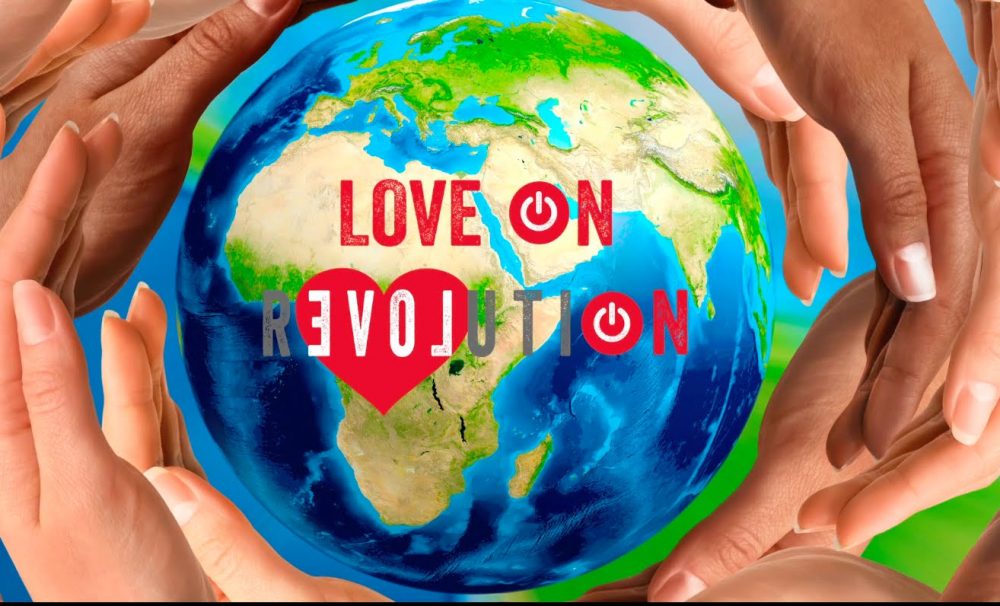
How to Heal Emotionally – Transform Negativity and Fear
Emotional healing is a journey—sometimes painful, often transformative, and always deeply personal. In the course of life, we all experience wounds: betrayal, loss, failure, trauma, or even chronic stress and anxiety. These emotional scars, if left unhealed, can silently shape our decisions, relationships, and self-perception. But the good news is this: healing is not only possible, it is your right. And more than that, emotional healing is a powerful way to transform fear and negativity into strength, clarity, and peace.
In this article, we’ll explore what emotional healing really means, the roots of fear and negativity, and practical, grounded steps to begin the transformation process.
Understanding Emotional Pain: What Are We Healing From?
Emotional pain can manifest in many forms:
- Heartbreak or grief
- Chronic anxiety or depression
- Low self-worth or self-doubt
- Trauma, abuse, or neglect
- Persistent fear or worry
- Resentment, anger, or bitterness
Often, we carry emotional baggage from childhood or formative years without even realizing it. Our nervous systems remember. Our bodies remember. And our behavior often reflects unresolved emotional wounds. Healing emotionally means addressing the roots of this pain, not merely suppressing or ignoring symptoms.
Why Negativity and Fear Take Hold
Before we can transform fear and negativity, we must understand them.
Negativity stems from unprocessed pain, unmet needs, and sometimes, conditioned ways of thinking. It can become a mental habit—over-focusing on what’s wrong, expecting failure, or constantly criticizing ourselves or others.
Fear, on the other hand, is an instinctive emotion rooted in survival. While fear can protect us from real threats, emotional fear often arises from imagined scenarios, old trauma, or lack of trust—in ourselves, in others, or in life itself.
These states are not flaws. They are signals. They are trying to tell us: Something inside needs attention, care, and change.
The Process of Emotional Healing: An Overview
Emotional healing is not a straight line. It’s a spiral—one that may revisit old wounds with deeper insight and compassion each time. It is a path of:
- Awareness
- Acknowledgment and Acceptance
- Expression and Release
- Reframing and Rebuilding
- Integration and Growth
Let’s break these down into practical steps.
1. Build Awareness: Identify the Root Emotions
You cannot heal what you don’t recognize. Begin with honest self-inquiry:
- What emotions am I feeling right now?
- When do these feelings usually come up?
- What events or beliefs are connected to these feelings?
- What do I tend to avoid or suppress emotionally?
Journaling is one of the most effective tools here. Set aside time each day to write without judgment. Let your mind speak freely. Meditation and mindfulness also help you observe your thoughts and emotions without getting lost in them.
Pro Tip: Use mindfulness to name your emotions: “I am feeling fear,” or “I sense resentment.” Naming is the first step to taming.
2. Accept and Acknowledge Without Judgment
Often, our suffering is compounded by resistance. We tell ourselves we “shouldn’t” feel this way. We judge our emotions as weakness. But healing requires radical acceptance.
Every emotion—no matter how uncomfortable—is valid. Anger, sadness, fear, jealousy… they all serve a purpose. When we welcome them with compassion instead of shame, they begin to loosen their grip.
Affirm to yourself:
- “It’s okay to feel this.”
- “These feelings are here to show me something.”
- “My emotions are not my enemy.”
Acceptance does not mean resignation. It means acknowledging what is, so you can begin to change what can be.
3. Express and Release Stored Emotions
We carry emotional energy in our bodies. If it’s not released, it festers—leading to stress, tension, or even illness. Releasing emotions doesn’t mean acting on them destructively; it means allowing safe, healthy expression.
Ways to Release Emotionally:
- Cry without shame—tears are natural and cleansing.
- Scream into a pillow or in a private space.
- Talk to someone—a friend, therapist, coach, or support group.
- Write a letter (even if you never send it) to the person or situation that hurt you.
- Dance, move, exercise—move the emotion through your body.
Somatic practices like breathwork, yoga, or EFT tapping can also help release deep-seated emotional tension.
4. Reframe: Change the Story You’re Telling Yourself
Our beliefs shape our reality. After the emotion is acknowledged and released, we have the opportunity to rewrite the narrative. Often, emotional wounds are tied to beliefs like:
- “I’m not good enough.”
- “I’ll always be alone.”
- “People can’t be trusted.”
- “Life is unfair.”
Challenge these beliefs. Ask:
- Is this absolutely true?
- Where did this belief come from?
- What might be a more empowering perspective?
For example:
- From “I’m broken” to “I’ve been hurt, but I’m healing.”
- From “I can’t trust anyone” to “I am learning how to trust wisely.”
- From “Fear controls me” to “I am learning to face fear with courage.”
Reframing is not denial—it’s choosing a lens that supports your growth, rather than reinforcing your pain.
5. Build Emotional Resilience
Healing is not just about feeling better—it’s about becoming stronger. As you move through healing, focus on developing emotional resilience:
- Set healthy boundaries to protect your peace.
- Practice self-compassion—speak to yourself with kindness.
- Develop emotional regulation tools, such as deep breathing, meditation, or grounding techniques.
- Create a support system—healing rarely happens in isolation.
- Celebrate small wins—progress is progress, no matter how small.
This stage is about building a new way of being. Not a return to the old self—but a rebirth into a wiser, more authentic self.
Transforming Fear Into Courage
Fear is not your enemy—it is your guide. Behind every fear lies a desire:
- Fear of rejection often hides a desire for love and belonging.
- Fear of failure reveals a desire for success and meaning.
- Fear of vulnerability conceals a longing for true connection.
By listening to your fears instead of running from them, you can begin to understand what your soul truly seeks. Then, step by step, you can begin to take action aligned with courage rather than fear.
“Courage doesn’t mean you don’t feel fear. It means you act anyway, from a deeper place of truth.”
Transforming Negativity Into Growth
Negativity often masks pain and unmet needs. When you shine light on those wounds, you can begin to shift:
- Resentment becomes boundaries and clarity.
- Self-hate transforms into self-compassion.
- Hopelessness gives way to purpose.
- Blame evolves into accountability and freedom.
Instead of judging your negative emotions, become curious. What are they trying to teach you? What part of you is still asking for healing, love, or attention?
Spiritual Dimensions of Healing
For many, emotional healing has a spiritual component. Whether or not you follow a religion, connecting to something larger than yourself—nature, the universe, a higher power, or even your higher self—can provide strength and perspective.
Practices like prayer, meditation, time in nature, or service to others can help restore a sense of purpose and inner peace.
Final Thoughts: The Journey of Becoming Whole
Emotional healing is not about becoming someone else—it’s about becoming yourself, fully and unapologetically. It is the process of peeling away layers of fear, false beliefs, and pain, and uncovering the truth of who you are: resilient, worthy, and whole.
You are not your trauma. You are not your fear. You are not the negativity you’ve inherited or internalized. You are the one who is healing. The one who is growing. The one who is transforming.
Take it one breath at a time. One step at a time. And remember: healing is not a destination. It is a lifelong relationship—with yourself, with your past, and with the future you are courageously creating.










